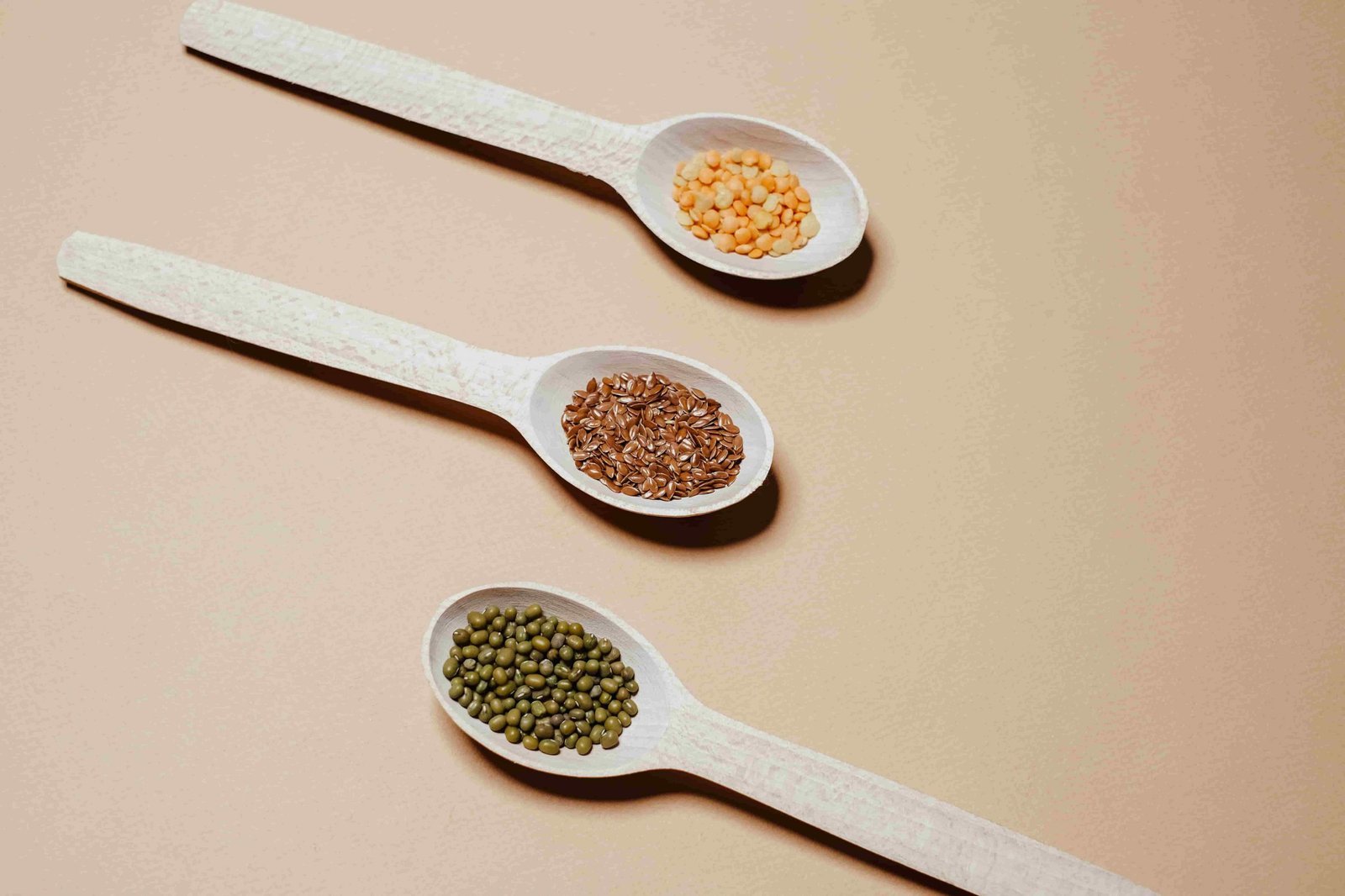A high fiber diet can be the key to better health and overall well-being. Packed with essential nutrients and offering a multitude of benefits, high fiber foods should be a staple in your daily meal plan. In this article, we will discuss the different types of fiber, their benefits, and a list of high fiber foods that you can incorporate into your diet.
Types of Fiber
Soluble Fiber
Soluble fiber dissolves in water, forming a gel-like substance that slows down digestion. This type of fiber helps regulate blood sugar levels and lowers cholesterol, making it beneficial for heart health.
Insoluble Fiber
Insoluble fiber, on the other hand, does not dissolve in water. It adds bulk to the stool and aids in digestion by promoting regular bowel movements, preventing constipation and other digestive issues.
Benefits
Digestive Health
A high fiber diet supports digestive health by maintaining regular bowel movements, preventing constipation, and reducing the risk of developing hemorrhoids and diverticular disease.
Heart Health
High fiber foods can help lower cholesterol levels and reduce the risk of heart disease. Soluble fiber binds with cholesterol in the digestive system, preventing it from being absorbed into the bloodstream.
Weight Management
Fiber-rich foods are generally low in calories and can help you feel full longer, making it easier to manage your weight. Additionally, consuming high fiber foods can prevent overeating and help maintain a healthy weight.
Blood Sugar Control
Fiber, particularly soluble fiber, can help regulate blood sugar levels by slowing the absorption of sugar into the bloodstream. This can be beneficial for those with diabetes or those at risk of developing the condition.
High Fiber Foods
Fruits
Apples: A medium-sized apple contains about 4 grams of fiber, making it a tasty and convenient high fiber snack.
Berries: Raspberries, blackberries, and blueberries are packed with fiber, antioxidants, and vitamins. Enjoy them on their own or add them to your favorite oatmeal or yogurt.
Vegetables
Broccoli: This nutrient-dense vegetable is not only a great source of fiber but also vitamins, minerals, and antioxidants.
Leafy Greens
Spinach, kale, and collard greens are high in fiber, vitamins, and minerals. Incorporate them into your meals as a side dish or add them to salads, smoothies, and soups.
Legumes
Beans: Kidney beans, black beans, and garbanzo beans are all excellent sources of fiber, protein, and essential nutrients.
Lentils: A versatile and nutritious legume, lentils provide a good amount of fiber, protein, and essential minerals.
Whole Grains
Whole Wheat: Whole wheat bread, pasta, and crackers are a great way to incorporate more fiber into your diet.
Quinoa: This gluten-free grain is not only high in fiber but also a complete protein, making it a nutritious addition to your meals.
Nuts and Seeds
Almonds: Almonds are not only a good source of fiber but also healthy fats, protein, and essential nutrients.
Chia Seeds: These tiny seeds pack a powerful punch of fiber, healthy fats, and antioxidants.
Incorporating High Fiber Foods
Tips for Increasing Fiber Intake
- Start gradually: Increase your fiber intake slowly to avoid digestive discomfort.
- Drink plenty of water: Staying hydrated is essential when consuming more fiber to prevent constipation.
- Mix it up: Incorporate a variety of high fiber foods to keep your meals interesting and balanced.
- Read labels: Look for whole grains and high fiber content when shopping for packaged foods.
- Snack smart: Choose high fiber snacks like fruits, vegetables, and nuts to keep you full between meals.
Conclusion
High fiber foods offer numerous health benefits, from improved digestive health to better weight management and heart health. By incorporating a variety of fruits, vegetables, legumes, whole grains, nuts, and seeds into your diet, you can easily increase your fiber intake and enjoy a healthier lifestyle.
FAQs
- How much fiber should I consume daily?
The recommended daily fiber intake is 25 grams for women and 38 grams for men. - Can I get too much fiber?
Consuming excessive amounts of fiber can cause digestive discomfort, gas, and bloating. It’s best to gradually increase your fiber intake and ensure you’re drinking enough water. - What are some high fiber breakfast options?
Some high fiber breakfast options include oatmeal with fruit and nuts, whole grain toast with avocado, or a smoothie with leafy greens and chia seeds. - Are fiber supplements a good alternative to high fiber foods?
While fiber supplements can be helpful in some cases, it’s generally better to get your fiber from whole food sources, as they also provide essential nutrients and vitamins. - How can I add more fiber to my meals without drastically changing my diet?
Simple swaps like choosing whole grain bread and pasta, adding more vegetables to your meals, and snacking on fruits and nuts can significantly increase your daily fiber intake.








